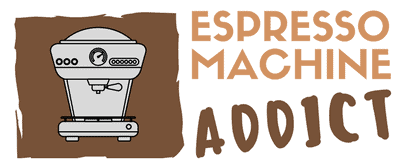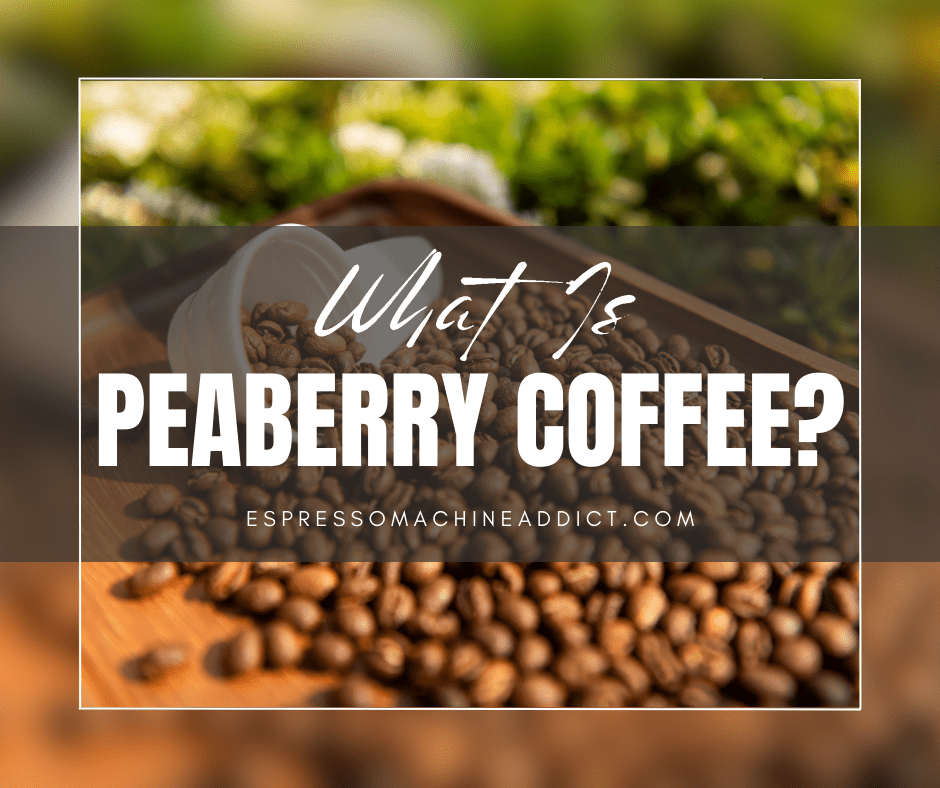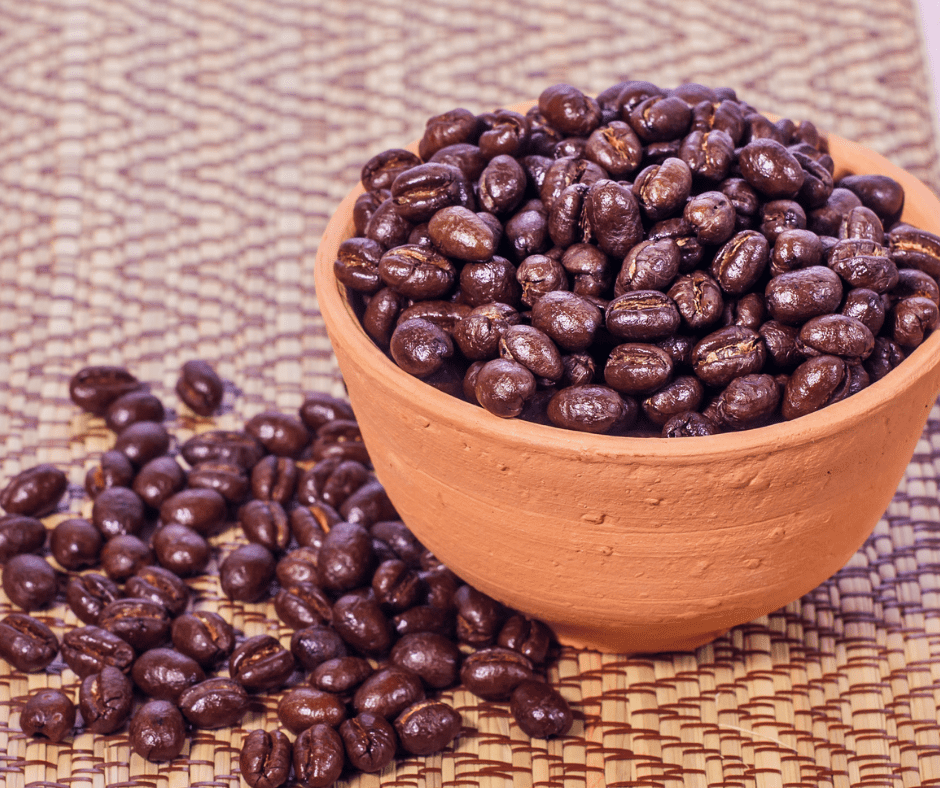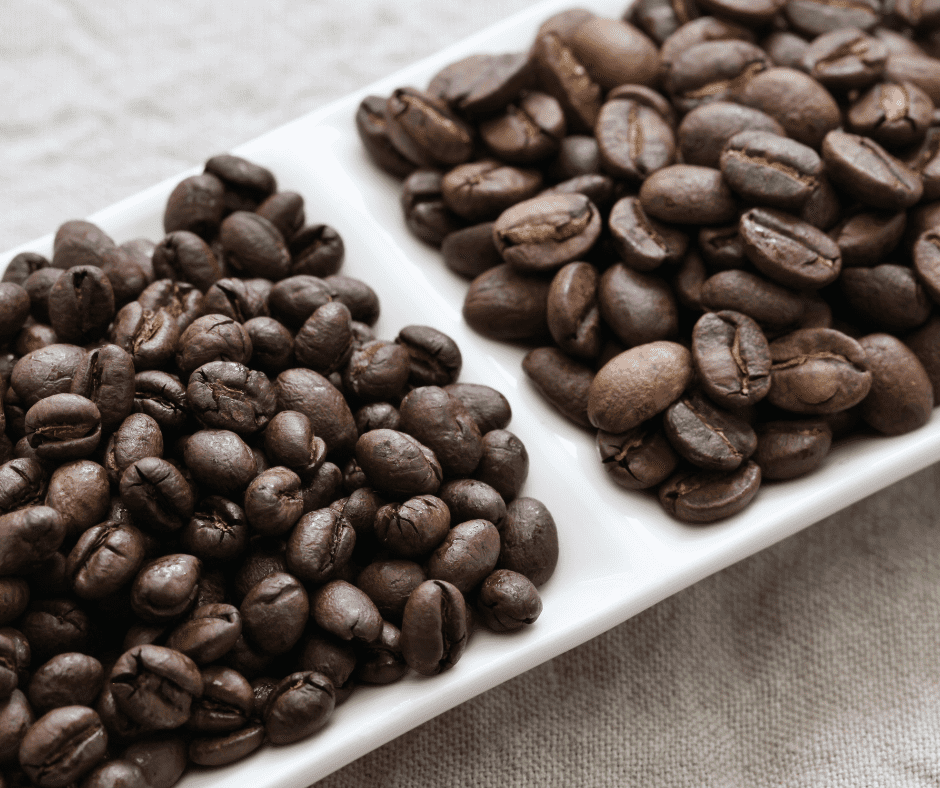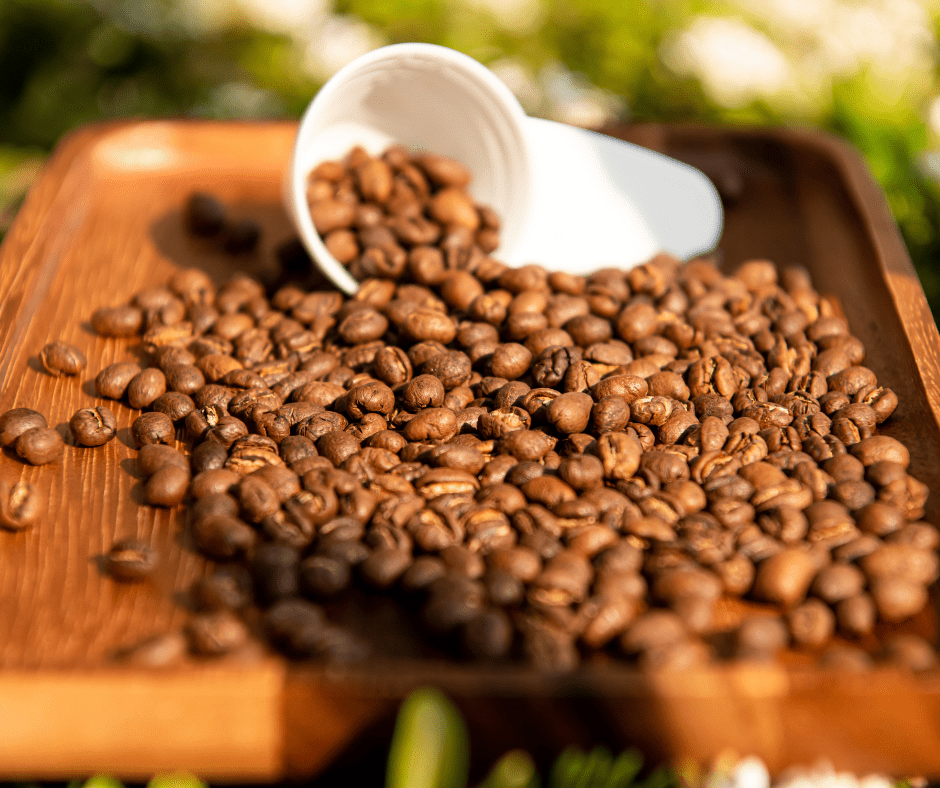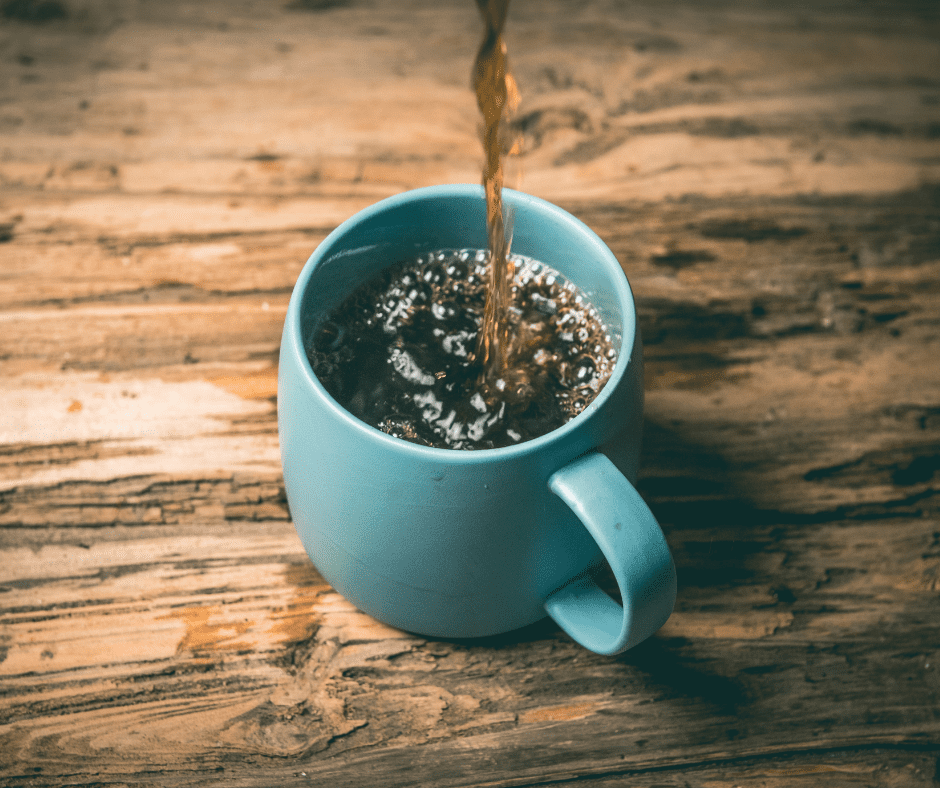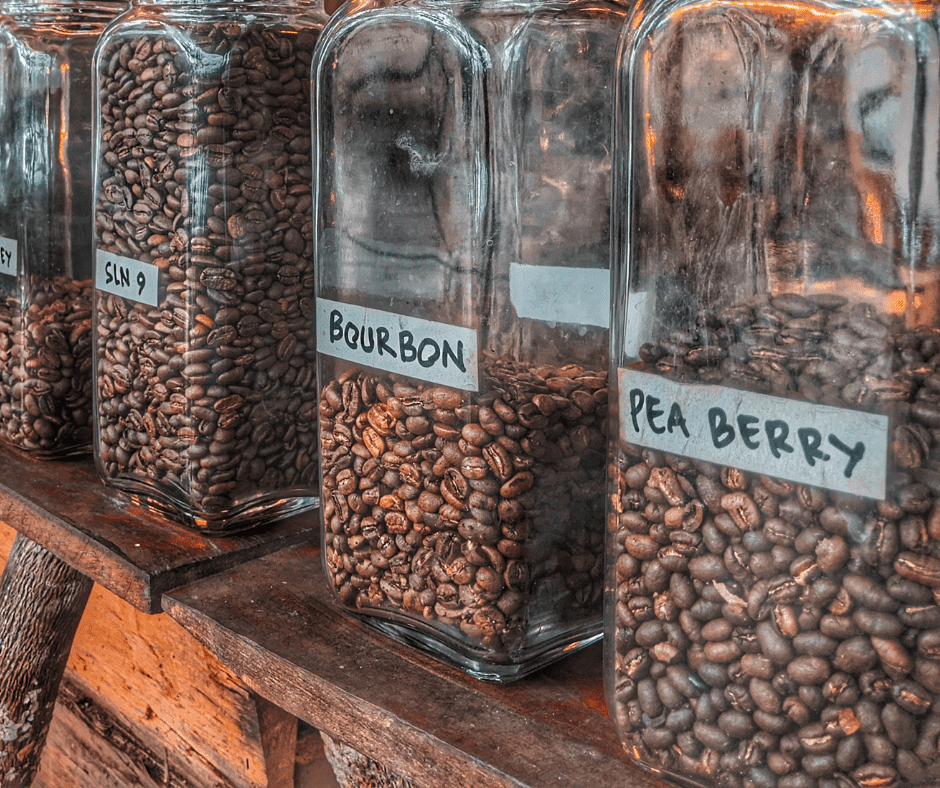Many coffee aficionados adore experiencing different types of coffee, and if you’re among them, there’s a decent chance you’ve heard of peaberry coffee. However, you’ve also likely noticed that peaberry coffee beans – or café drinks featuring them – are far more expensive than most regular coffee beans. That might make you wonder if this particular coffee is worth the price.
Fans of peaberry coffee claim it offers more flavor, but is that true? Is peaberry coffee worth the price, or is it all just hype? If you’re asking questions like that, here’s what you need to know about peaberry coffee.
What Is Peaberry Coffee?
Peaberry coffee is essentially coffee beans that have a natural mutation. Coffee fruit – which is also referred to as a coffee cherry – usually contains two seeds. It’s the seeds that are processed and turned into beans to make the coffee you drink.
With peaberry coffee, the coffee fruit doesn’t contain two seeds. Instead, there’s only one seed, a mutation referred to as an only child. That single coffee seed also resembles a pea, which the term “peaberry” references.
It isn’t clear why the mutation occurs, but it is natural and not due to anything that contaminates the plants or that could harm people who drink peaberry coffee. Additionally, it’s not a mutation that people have figured out how to replicate. If it doesn’t happen naturally, peaberry coffee isn’t what’s produced.
Usually, peaberries aren’t discovered until the coffee fruits are being processed, ensuring they’re ready to transport, roast, and package. When they’re found, many coffee processors separate them out. Only a small percentage – less than 10 percent – of coffee fruits end up as peaberries.
Is Peaberry the Same as Arabica?
Peaberry coffee isn’t a specific variety of coffee bean. Instead, it only refers to only child beans from a coffee fruit. As a result, peaberry coffee can occur in any variety. For example, there are Arabica peaberry coffees, as well as Robusta peaberry coffee beans.
Where Is Peaberry Coffee From?
Technically, peaberry coffee can originate anywhere in the world where coffee is grown. The mutation can occur in practically any type of coffee plant, too.
However, Kenyan and Tanzanian peaberry coffees are the most common. Kona peaberry coffeeis another notable one, and that originates from Hawaii. Jamaica and Brazil are two other nations where peaberries aren’t rarer than one would expect – based on how often they typically occur naturally.
Why Is Peaberry Coffee So Expensive?
Generally, the peaberry coffee bean is more expensive since peaberries aren’t common. They occur less than 10 percent of the time, so it’s a rare mutation. As with most things, rarity can increase an item’s value, which is true of peaberry coffee beans.
Additionally, peaberries are a natural mutation, which coffee growers cannot intentionally replicate or encourage. Essentially, there’s no way to grow peaberry beans on purpose; they either happen or they don’t. As a result, its rarity will continue to remain part of the equation.
Further, separating peaberries from regular beans takes time and effort, and that work increases a coffee processor’s operating costs. How much their operating costs change can vary based on the process used. If the peaberries are separated by hand, that takes a significant amount of labor. If a machine is used, the process is more efficient, but it usually still involves an extra step that wouldn’t otherwise be necessary.
As a result, increased operational costs lead to a price increase. The higher price effectively compensates the processor for the extra labor and required time, making it worthwhile to separate the peaberries from the regular beans.
What’s the Flavor Profile of Peaberry Coffee?
Many feel that peaberries lead to a better-tasting cup of coffee, stating that it seems more flavorful, a bit sweeter, and a tad lighter. However, not everyone thinks they can detect a difference when drinking peaberry coffee versus what they experience with regular beans.
The reason that there may be a flavor difference is that developing an only child means the cherry is sustaining just one bean and not two, but that’s only a theory. Some also think that pore structure changes, differences in density, or differing heat levels required during the roasting process may cause the coffee to end up with a unique flavor.
Still, many factors can cause some coffees to seem to taste sweeter than others. For example, soil quality, humidity, and the amount of sunshine all play a role. As a result, even peaberries may have varying levels of sweetness, depending on where the coffee was grown.
Often, peaberries from different regions have unique flavor profiles. For example, Tanzanian peaberry beans usually have higher acidity and are medium-to-light-bodied. They also commonly have notes of dark chocolate, and dark fruits with floral or citrus notes.
Kenyan peaberry coffee has sharp acidity while being full-bodied. There are hints of strawberry, guava, blackcurrant, and similar fruity flavors, too.
Kona peaberry is usually lower acidity and full-bodied. Additionally, it’s a bit fruity and nutty, and often has hints of spices.
As a result, where a peaberry coffee originates plays a big role in its flavor profile. Since that’s the case, no two peaberry coffees are necessarily alike.
Does Peaberry Coffee Have More Caffeine?
Whether peaberry coffee has more caffeine than regular beans can vary. Some reports suggest that Tanzanian peaberry coffee does come with a higher caffeine content, though most consider the difference slight overall. However, others disagree with that assessment, stating that peaberry coffee, on average, has no notable caffeine difference.
As a result, there’s a disagreement about whether you’ll get a bigger caffeine boost if you go with peaberry coffee over regular beans. Since that’s the case, it’s usually best not to look at paying more for peaberry than regular coffee beans, if your only goal is to get more caffeine.
What Is So Special About Peaberry Coffee?
Many people wonder, “Is peaberry coffee superior, or is it marketing?” Essentially, they want to know what makes peaberry coffee so special or whether it’s all just hype.
Depending on who you ask, it is possible that peaberry coffee has a superior flavor. Again, there’s a consensus that suggests peaberry coffee is a bit sweeter, and that’s something many coffee drinkers do ultimately prefer.
However, what genuinely makes peaberry coffee special is that it’s rare. Now, rarity doesn’t always mean better, and that can be the case with peaberry coffee beans. Many people don’t think they can taste a meaningful difference between coffee drinks made with peaberry or regular beans, which means paying more for peaberries may not make sense for most.
As a result, whether peaberry coffee is genuinely superior or whether it’s mainly hype is potentially subjective. Often, the only way to know if it offers you a better cup of coffee is to try it for yourself. In the end, everyone’s flavor profile preferences vary. You may find that peaberry coffee is right up your alley, or you might discover that you’re just as happy with regular beans. But after trying it, you’ll know whether it’s right for you, so consider having a cup the next time you see peaberry coffee available at a café or in-store.
